The Secret Benefits of Tea
-
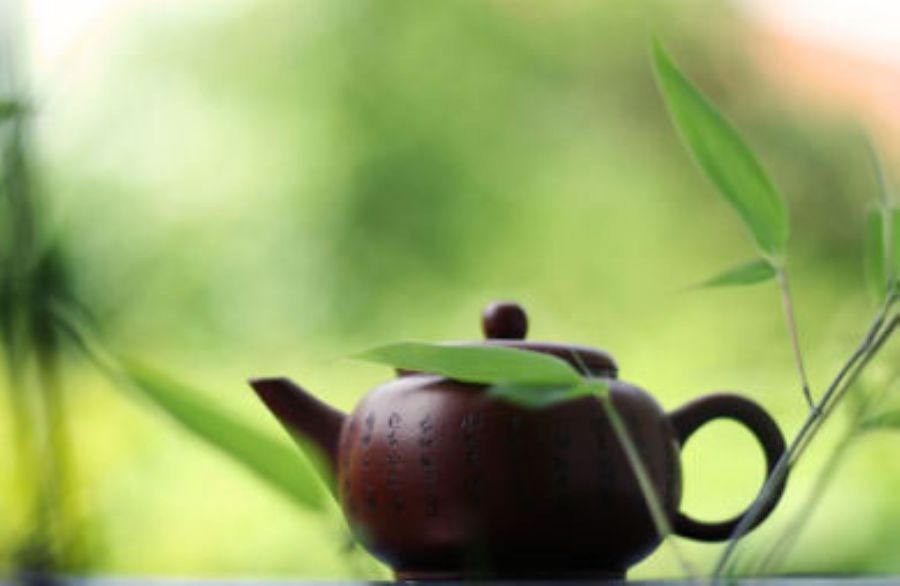
Drink it because it's a tradition.
Legend has it that thousands of years ago, a Chinese Emperor was passing through a rural village when he stopped to have some water. The villagers were boiling the water to purify it, as was required by the emperor, when some leaves from a nearby tea bush fell into the pot. The emperor drank it anyway, enjoyed it, and tea was born. Since then, tea has woven itself into nearly every Eastern culture and slowly migrated to the West.
-
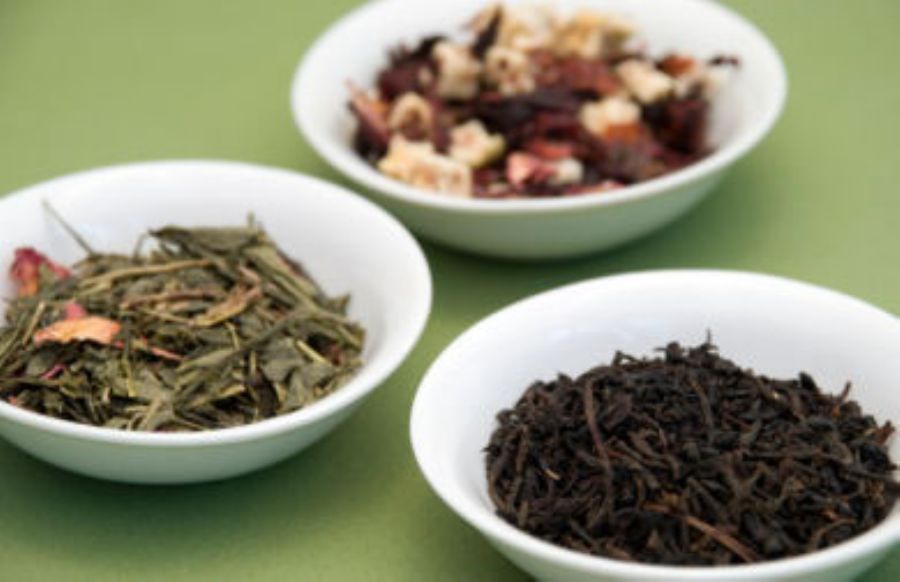
Drink it for the variety.
True tea is made from the tea bush and is not to be confused with herbal tea, which is made from dried herbs or fruits, like chamomile, ginseng, or peppermint. There are four basic types of tea: Black tea is produced by allowing tea leaves to completely ferment before heating. Oolong tea is only partially fermented. Green tea is produced by steaming freshly-picked leaves before heat-drying. And white tea is only withered and dried by steaming. There are over 3,000 varieties of tea, each with its own unique character and name--which comes from the district in which it was cultivated.
-
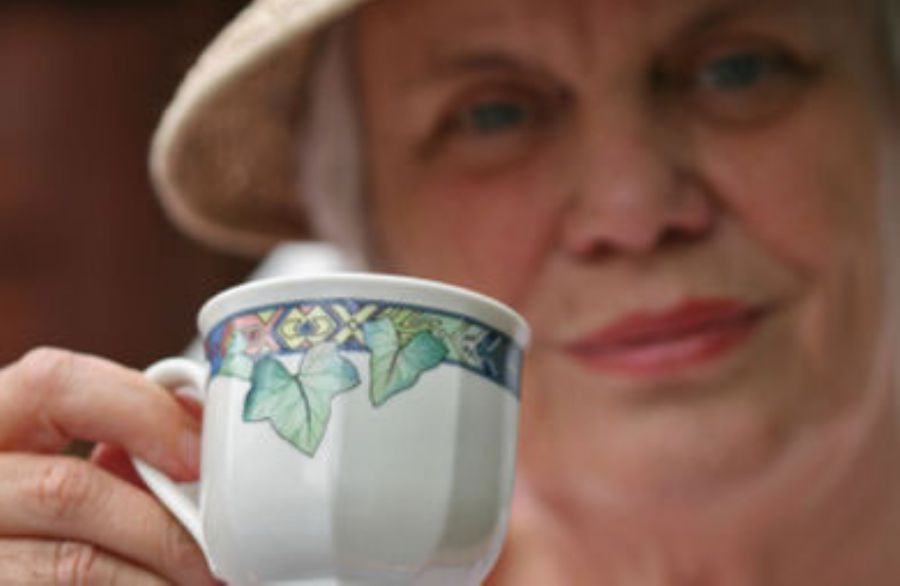
Drink it because it's good for your heart.
According to a 1999 study of tea by the American Health Foundation, both green and black teas contain antioxidants that can help to decrease the risk of heart disease by lowering cholesterol.
-
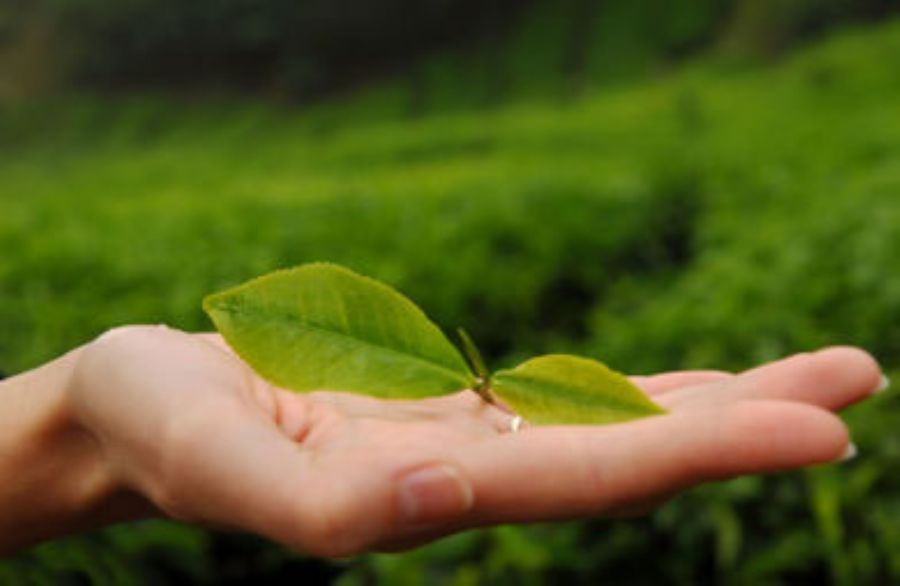
Drink it for its antioxidants.
According to that same study, green and black teas can also lower the risk of certain types of cancers due to their powerful antioxidant content.
-

Drink it for your gut.
The consumption of tea also may also improve intestinal health by reducing undesirable bacteria and increasing beneficial bacteria.
-

Drink it for your teeth.
Scientists at the University of Illinois College of Dentistry have found that compounds in black tea are capable of killing or suppressing the growth and acid production of cavity-causing bacteria found in dental plaque. And according to the Yale-New Haven hospital, green tea also inhibits the growth of oral bacteria, and can be used as a mouth rinse to reduce plaque and the incidence of periodontal disease.
-

Drink it because it's economical.
One pound of loose tea leaves can stretch far enough to brew over 200 cups of tea. So if you’re on a budget, skip the teahouse and brew your own tea at home. You can buy pre-made bags, which are simple and convenient, but the quality of your brew won’t be as high, since these teas are ground more finely and may taste bitter. For a better brew, buy tea leaves from the bulk bins at your natural foods market to get the best price and quality. Pour 6-8 ounces of boiling water over 1 teaspoon of tea leaves. Brew for 3-5 minutes, stirring once or twice, and then strain out the leaves with a tea strainer, which is simply a tiny tightly woven kitchen strainer.
-
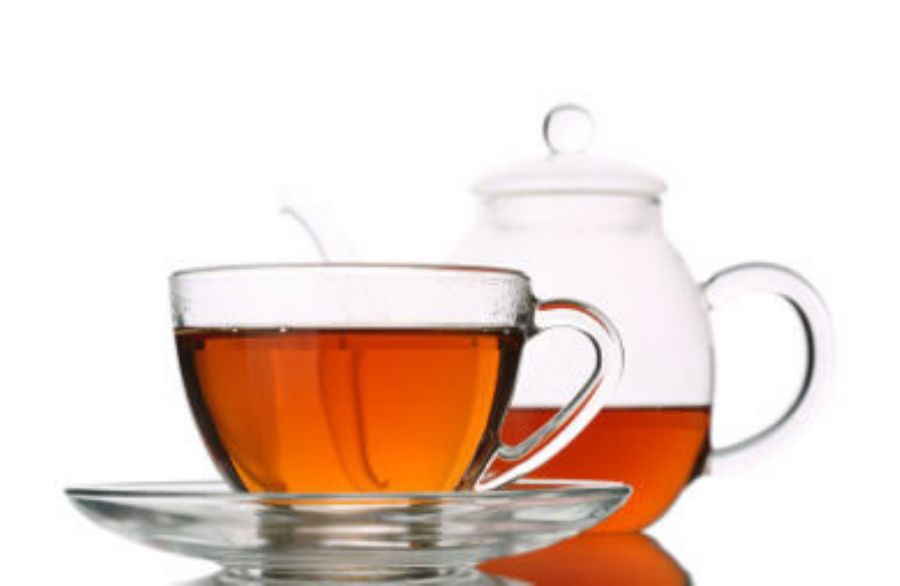
But don't drink it with milk.
A popular way to enjoy tea is to add milk and sugar to the mix. Unfortunately, adding milk to a cup of tea can destroy its ability to protect against heart disease, according to research. Casein, the protein in milk, is thought to be responsible for this effect. (This is also why milk chocolate doesn't offer health benefits like dark chocolate.)
-

And don't drink it before bed.
Tea contains naturally occurring caffeine, which can cause insomnia, anxiety, irritability, upset stomach, or nausea in some people. If you are sensitive to caffeine, look for naturally decaffeinated varieties or avoid it a few hours before bedtime.
-

Finally, drink it because it's delicious.
Although no scientific study can predict which variety will correlate with your enjoyment, chances are good that you'll find a tea that you love!
See more nutrition slideshows
The Secret Benefits of Tea
Popping up all over the country, teahouses and tea bars are responding to the demand for one of the world's oldest and most famous beverages. Tea is made from the Camellia sinensis bush, commonly called the tea bush. The leaves, buds, and twigs of the plant are fermented, heated, dried (and sometimes mixed with other herbs), then brewed by steeping in very hot water. The growing popularity of tea makes perfect sense. Scientific evidence has been mounting in recent years to support centuries-old claims that drinking tea is good for your health. Besides that, tea is tasty. If you haven't yet jumped on this ancient tradition turned trend, here are some reasons you should.
Start Slideshow
Drink it because it's a tradition.
Legend has it that thousands of years ago, a Chinese Emperor was passing through a rural village when he stopped to have some water. The villagers were boiling the water to purify it, as was required by the emperor, when some leaves from a nearby tea bush fell into the pot. The emperor drank it anyway, enjoyed it, and tea was born. Since then, tea has woven itself into nearly every Eastern culture and slowly migrated to the West.

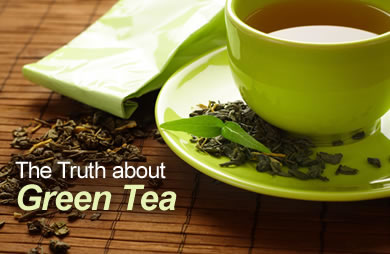
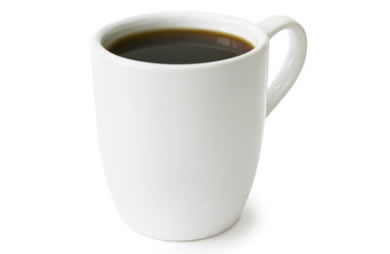

.jpg)


